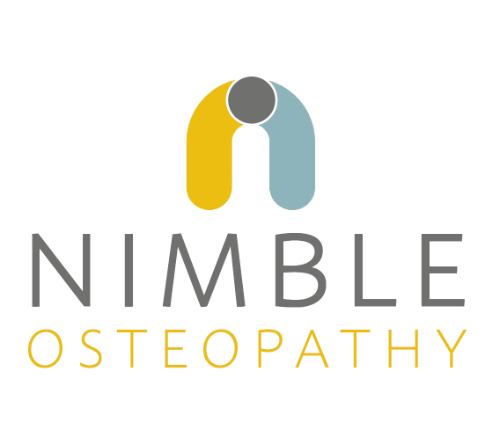FAQs
FAQs
What do you treat?
Do I need to be referred by a doctor?
What do osteopaths do?
Does treatment hurt?
What do I wear?
How long is treatment?
How many treatments will I need?
The following descriptions are detailed so that you have a better idea of which category your symptoms fall into and therefore how many treatments you may require.
Acute Patient – This is used to describe new and recent (<1 week) symptoms. Often conditions are still very painful and movement is limited. If your symptoms are less than 24 hours, please call for management advice, we will often encourage you to stay at home as treatment doesn’t always make things better at this stage. Acute symptoms tend to require 1 – 4 sessions. Your osteopath will then discuss with you whether you need any more treated over a protracted period to prevent reoccurrence.
Sub Acute Patient – This is used to describe symptoms that are between 2 and 8 weeks old. The symptoms may have reduced in intensity but not gone away. Some activities of daily living (ADL’s) or simple movements, will still cause symptoms to ‘flare’. These symptoms have had time to develop compensation mechanisms. The original injury has not been able to mend and other areas are now starting to complain. These symptoms will often take between 4 – 8 sessions to correct, but could take more.
Chronic Patient – This term is used to describe symptoms from 8 weeks to many years. Chronic symptoms, particularly ones that have been troublesome for many years, require a multi disciplinary approach (e.g. GP, specialist, counselling, lifestyle change). You may find that treatment gives you symptom relief, but how long that relief lasts will depend on the individual case and what other changes are being made. These symptoms often require a maintenance treatment protocol, alongside other adjuncts.
